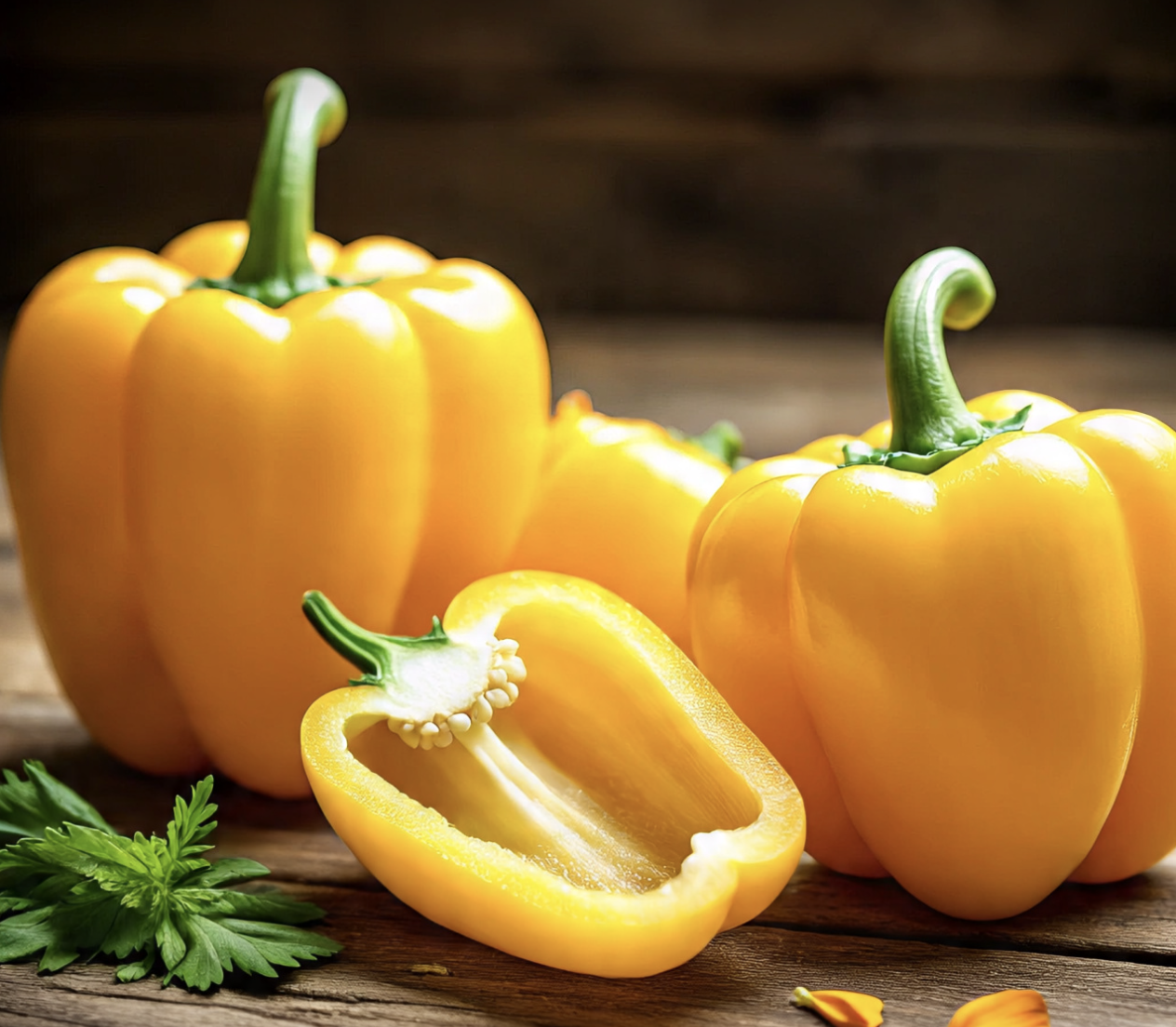 |
The concentration of vitamin C in the aqueous humor of the eye can be up to 20 times higher than in blood plasma. Vitamin C is an antioxidant that can protect the eyes from the harmful effects of UV rays and oxidative stress, two risk factors for cataracts. Vitamin C is abundant in various fruits and vegetables.
Bell peppers contain not only vitamin C but also vitamin A and antioxidants like lutein and zeaxanthin, which protect the eyes from age-related vision loss and cataracts. Vitamin C supports eye blood vessel health, while lutein and zeaxanthin protect the retina from blue light and sun damage. Eat bell peppers raw or lightly cooked to retain their nutrients.
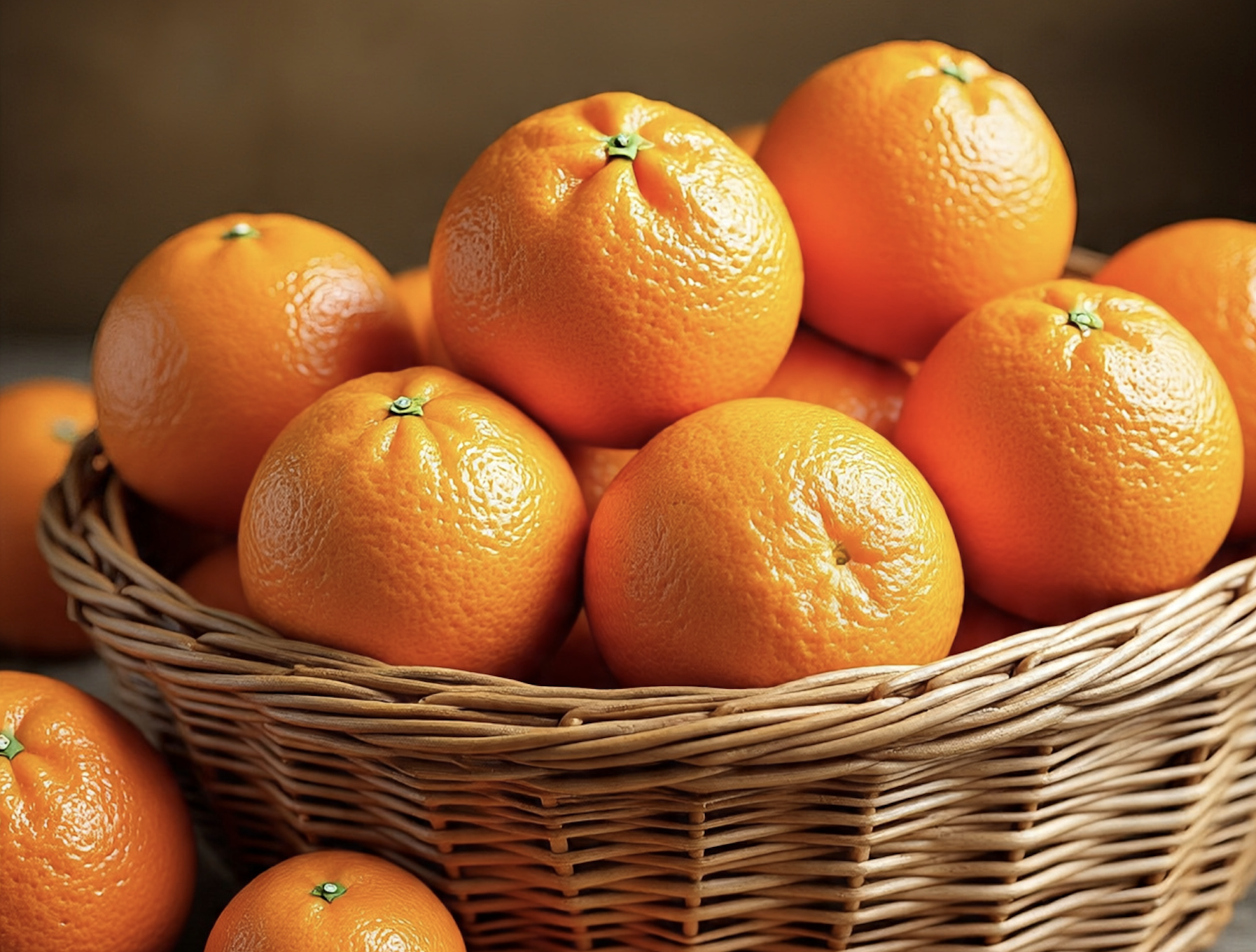 |
Citrus fruits are rich in vitamin C. One medium orange provides 83 mg of vitamin C, equivalent to 92% of the recommended daily value (DV). Choose whole oranges over juice to benefit from the fiber.
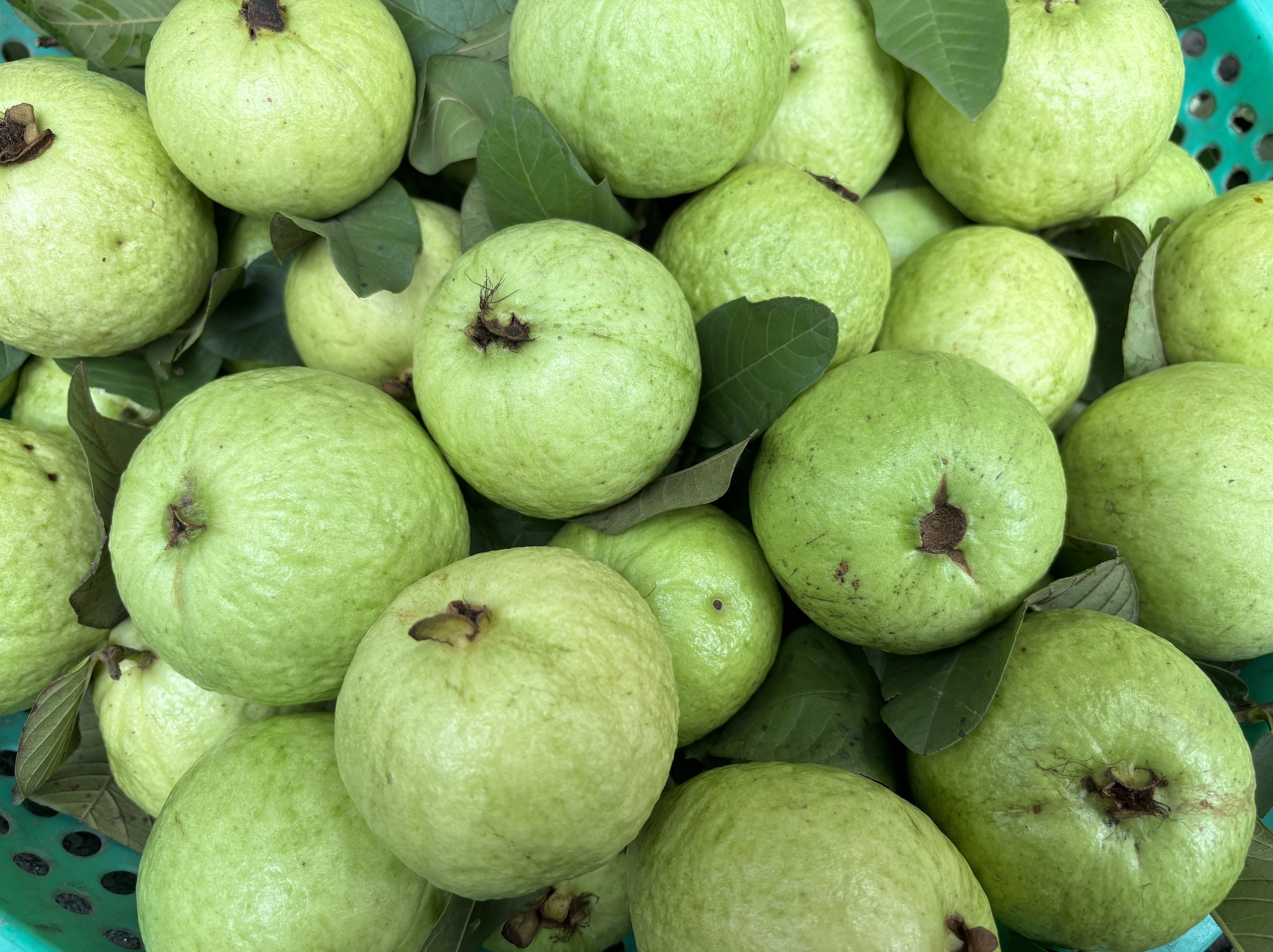 |
One guava contains 125 mg of vitamin C, or 138% of the DV. Guava is particularly rich in the antioxidant lycopene, which may have some anticancer benefits. This fruit also provides fiber, which can help relieve constipation.
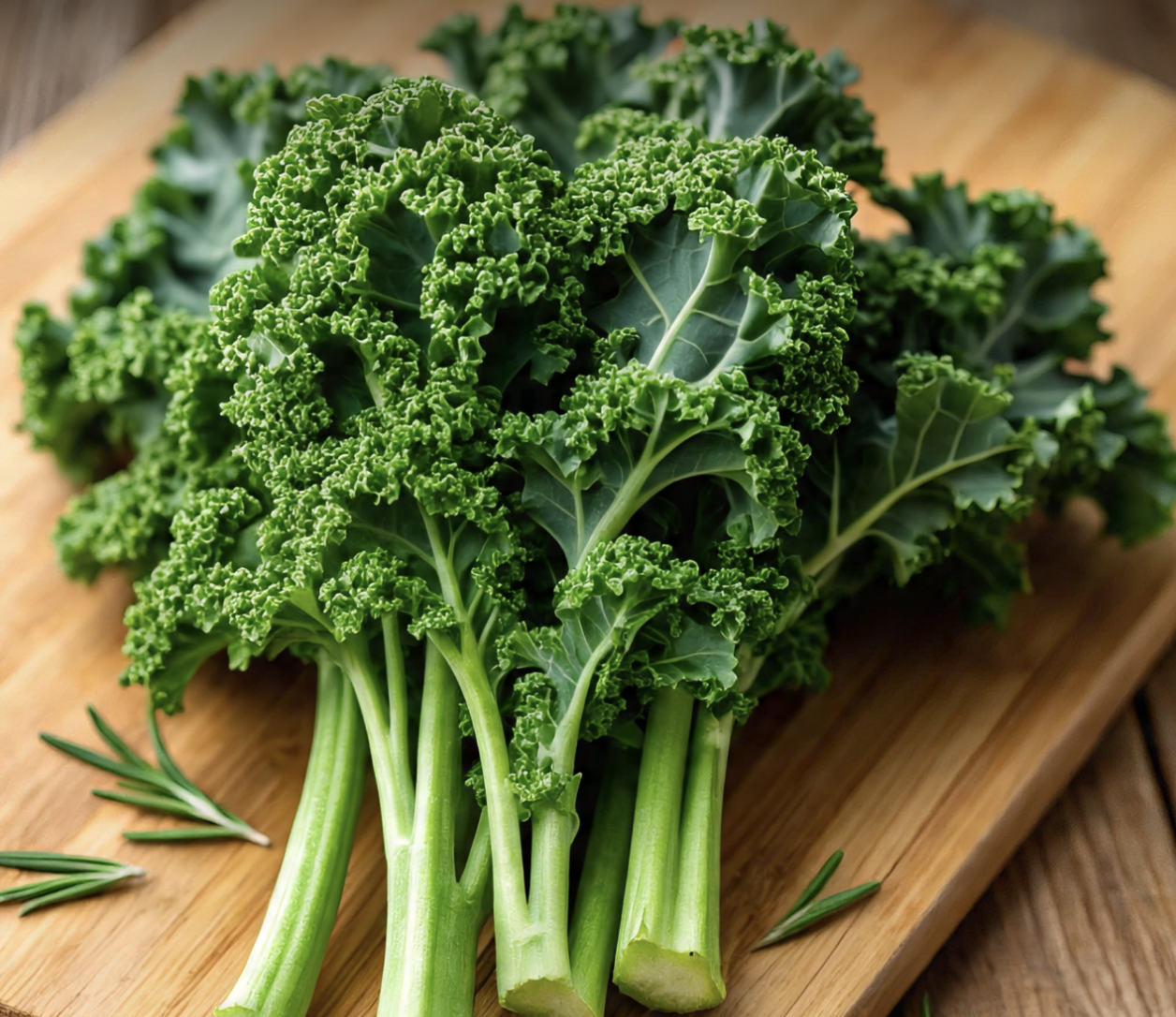 |
Kale is excellent for eye health because it contains the antioxidants lutein and zeaxanthin, which protect tissues from harmful blue light. Regularly eating kale can also help reduce the risk of eye diseases like age-related macular degeneration and cataracts. For better absorption, eat kale with healthy fats, such as sauteing it with a little olive oil.
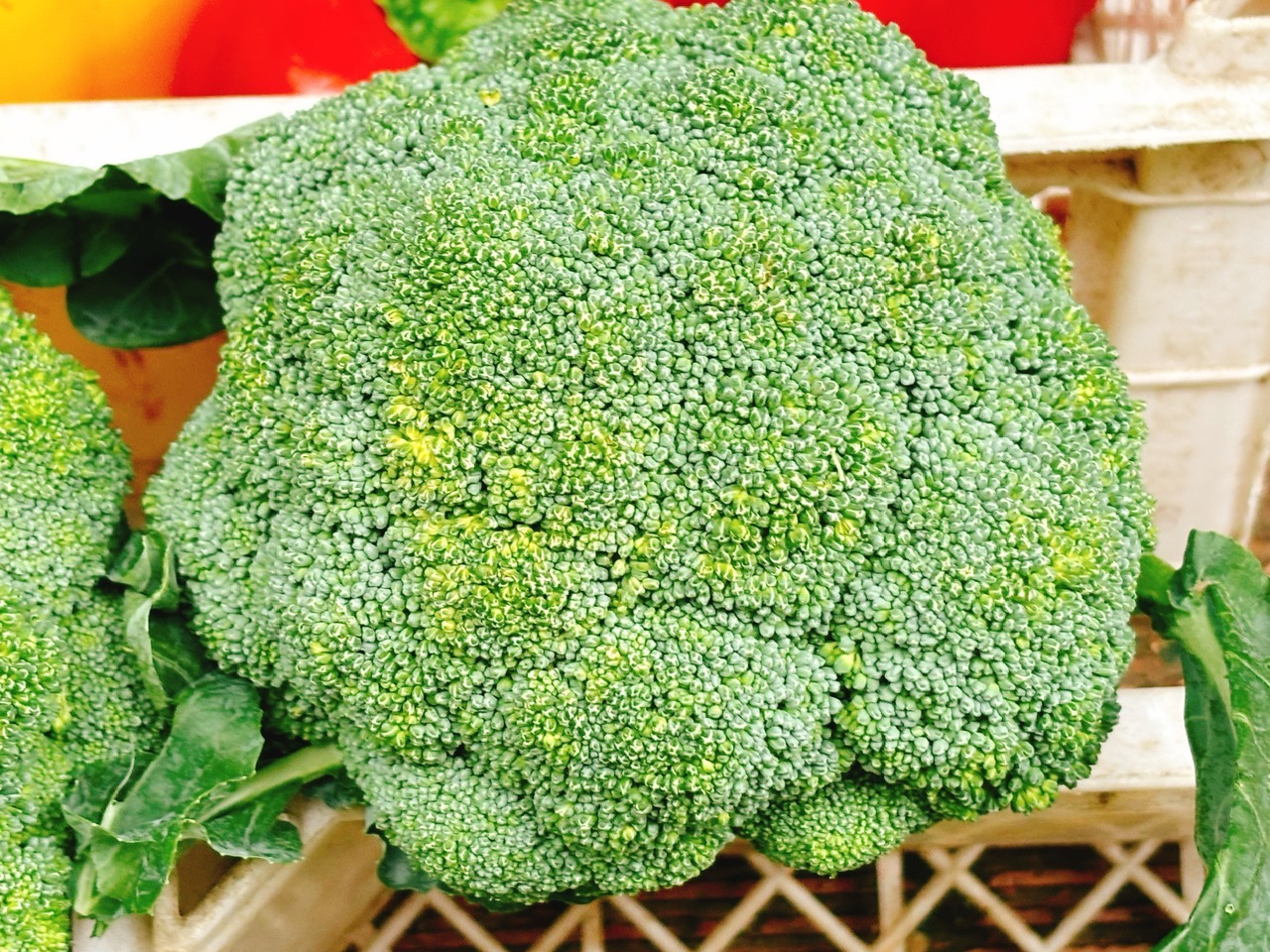 |
Broccoli provides antioxidants like lutein, zeaxanthin, and vitamin C. These nutrients help prevent some eye diseases by filtering harmful blue light and reducing oxidative stress. Broccoli also contains sulforaphane and vitamin B2 (riboflavin), which support retinal health.
Bao Bao (According to Healthline, Times of India)
Photos: Bao Bao, AI












